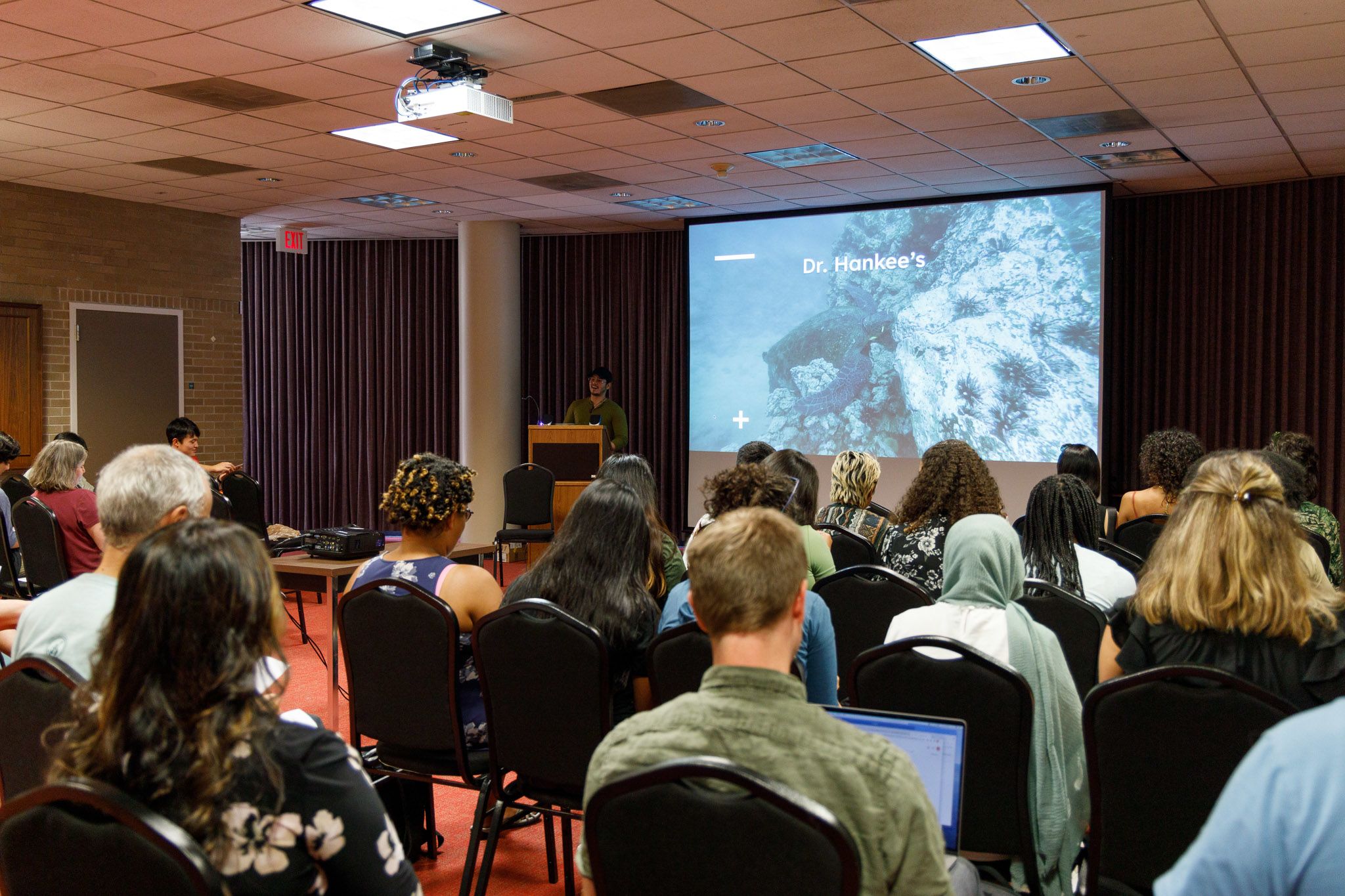GalápaGo!
Research-Based Learning Abroad Course Immerses Students in the Galápagos Islands
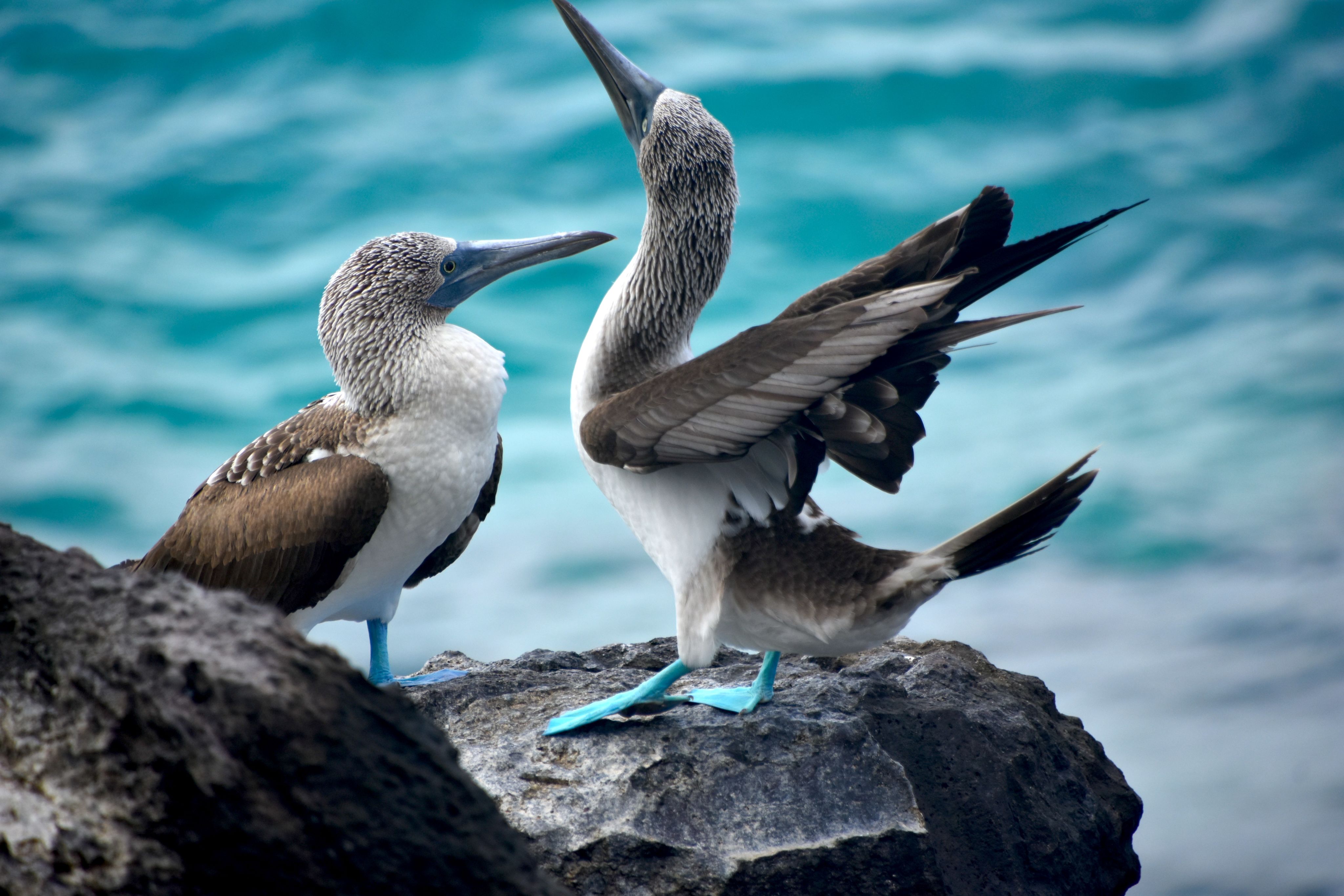
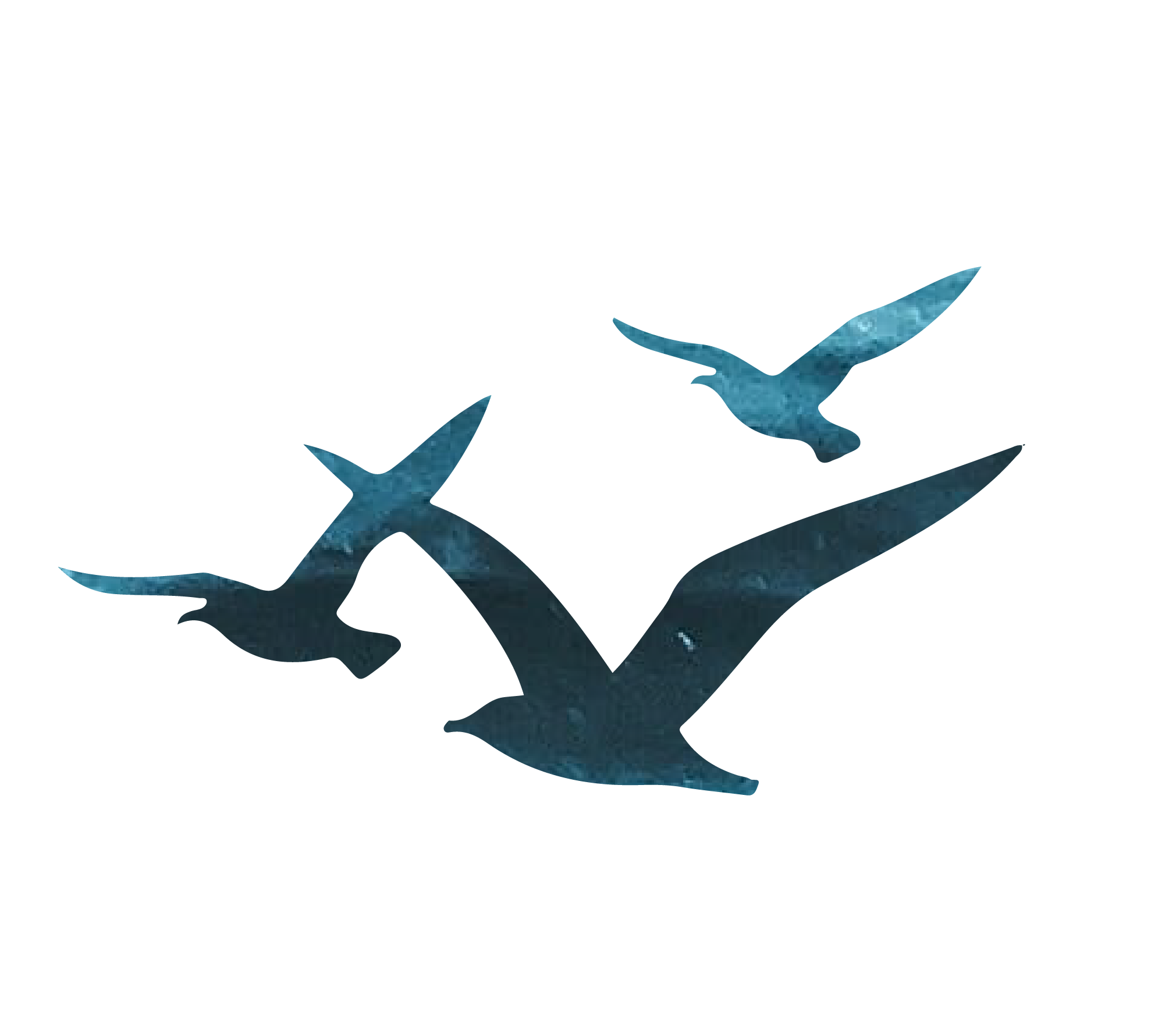
With its distinctive dark gray body and scarlet mouth, the lava gull is a special sight to behold. Found only on the Galápagos Islands, it is believed to be the rarest gull in the world with only 300-600 still in existence.
You can imagine Kevin Chen’s excitement when he spotted his first lava gull this summer during the University of Houston’s GalápaGo! Research-Based Learning Abroad course. A biology major, Chen and his classmates spent a month in the Galápagos archipelago conducting research with scientists from across the globe while immersing themselves in the local culture.
“Our field work revolved around going on miles long hikes through beaches, cliffs and lava rocks in the hopes of catching the elusive bird,” Chen said. “We even did a snorkeling trip to spot the gulls.”
Studying the fundamentals of science in a classroom will undoubtedly educate a student on how to conduct research, but nothing compares to the feeling of swimming through blue waters to collect samples, or hiking through rain and lush landscapes to gather data. Or meeting with locals to hear their perspectives on the changing environment.
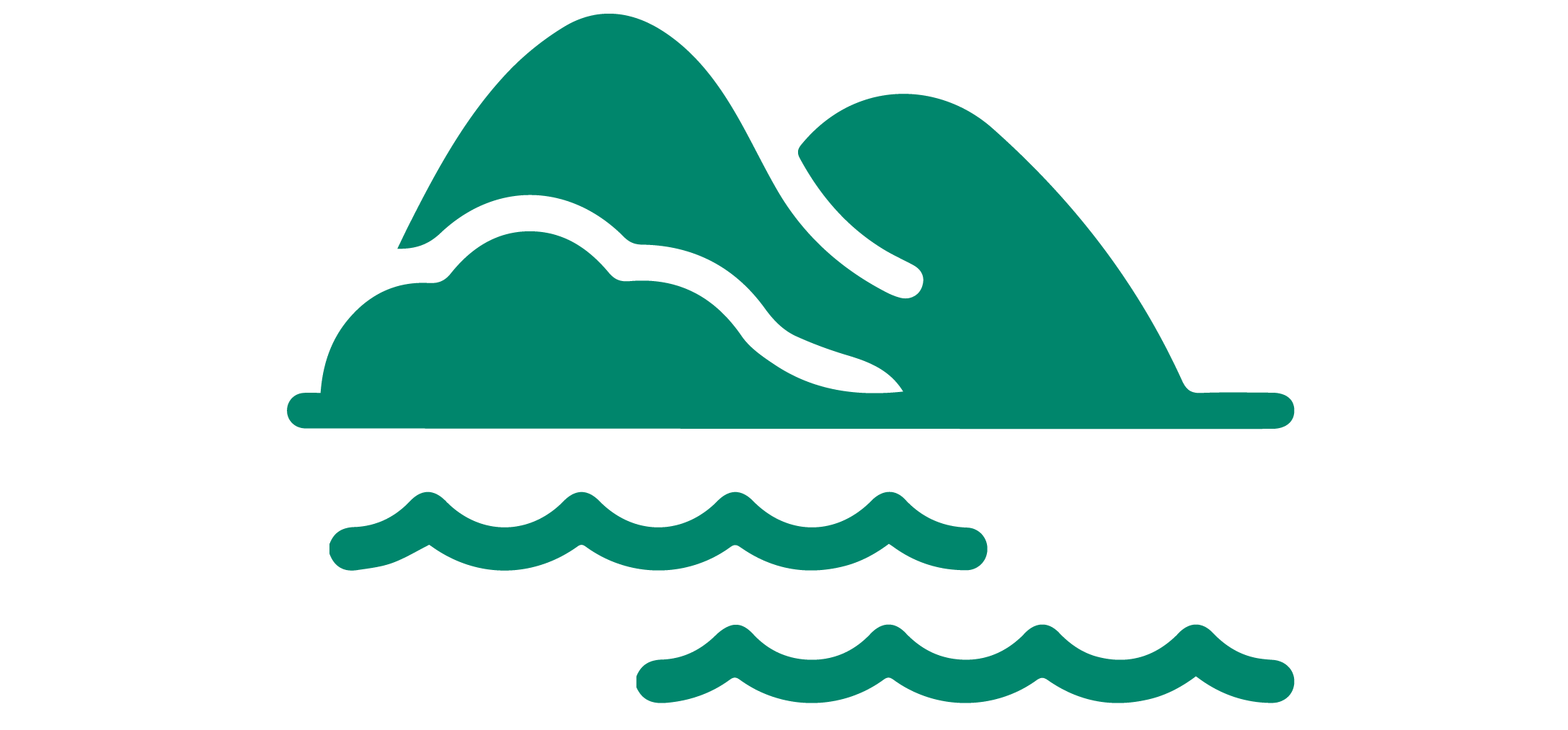
“The program is about enabling professional and personal growth through an experience abroad,” said Tony Frankino, associate professor and associate chair of Undergraduate Affairs in the Department of Biology and Biochemistry in the College of Natural Sciences and Mathematics. He helped create the course in 2015.
“The class is also about the experiences we create for our students in preparation for the trip and in reflection about their experiences afterwards,” he added.
Before the annual summer expedition, students are required to take a preparatory course that readies them for research and cultural immersion in the Galápagos. They discuss topics in geology, evolutionary biology, history and conservation on the islands. Students must also pass a swim test for research that can only be done in the cold waters of the Pacific Ocean. In addition, they need to be physically prepared to walk about 10 miles a day.
Marc Hanke, instructional associate professor at the Honors College, and Frankino have organized the program for years, with Hanke doing most of the heavy logistical lifting behind the scenes.
“Students leave the Galápagos with their perspectives completely changed,” Hanke said. “Hands-on research with cultural engagement gets the students out of their comfort zones and causes them to not only put into practice what they have learned, but it upends any preconceived notions about the Galápagos for the better.”
Hanke and Frankino collaborate in developing and executing the program with faculty from the Department of Biology and Biochemistry, Ricardo Azevedo, Ann Cheek, Jacob Daane, Martin Nuñez and Rebecca Zufall. In addition to co-teaching the preparatory course and traveling with the students, these faculty members participate in activities like student scuba certification classes, executing a required student swimming proficiency test and organizing cohort-building activities for the group.
Twenty-six students and four faculty members made the trip this year to San Cristóbal Island, the easternmost island in the archipelago, to collaborate on research at the Galapagos Science Center, a research hub for international scientists run by the University of North Carolina at Chapell Hill and the Universidad San Francisco de Quito.
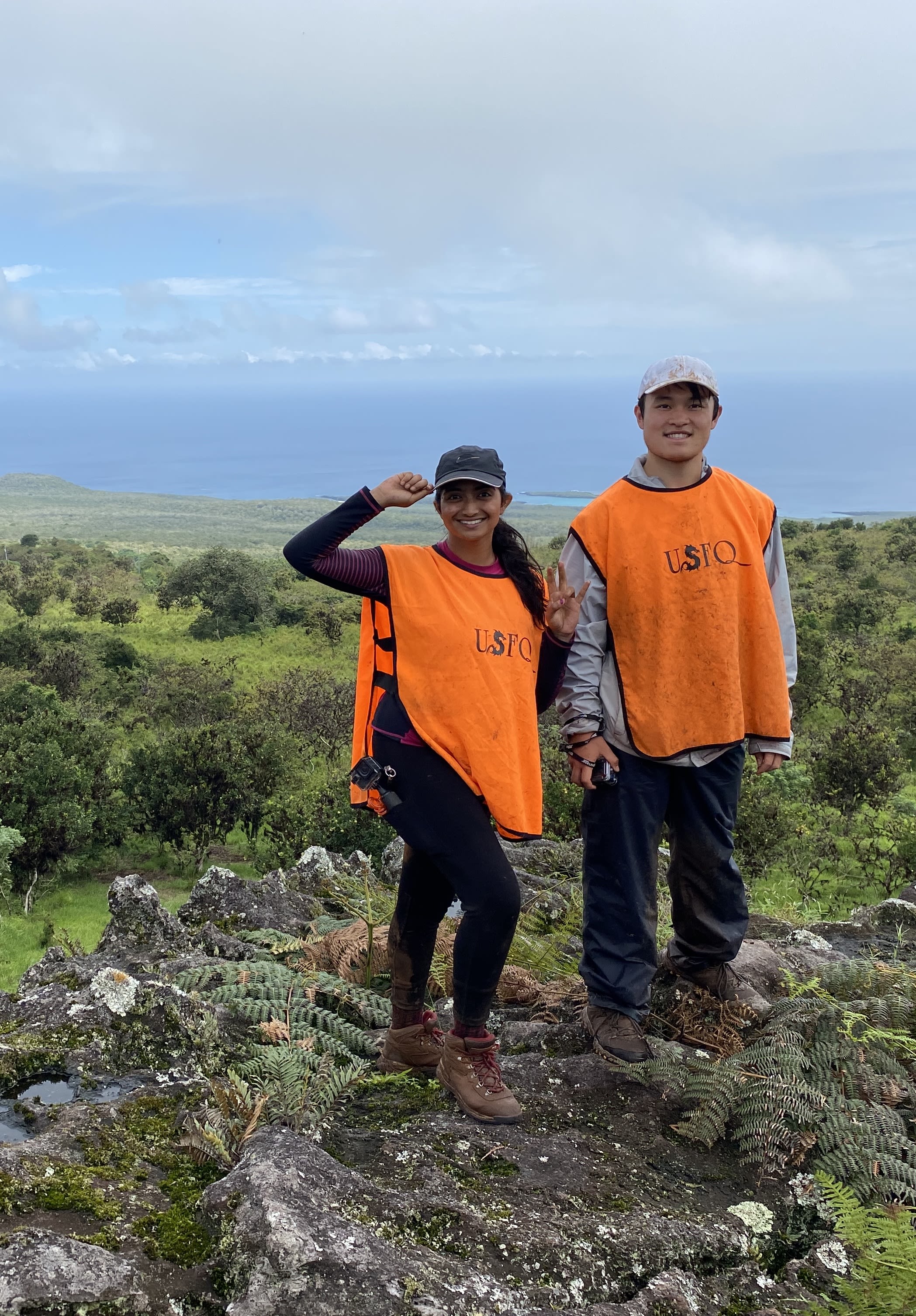
Students hiked both for research and on their days off.
Students hiked both for research and on their days off.
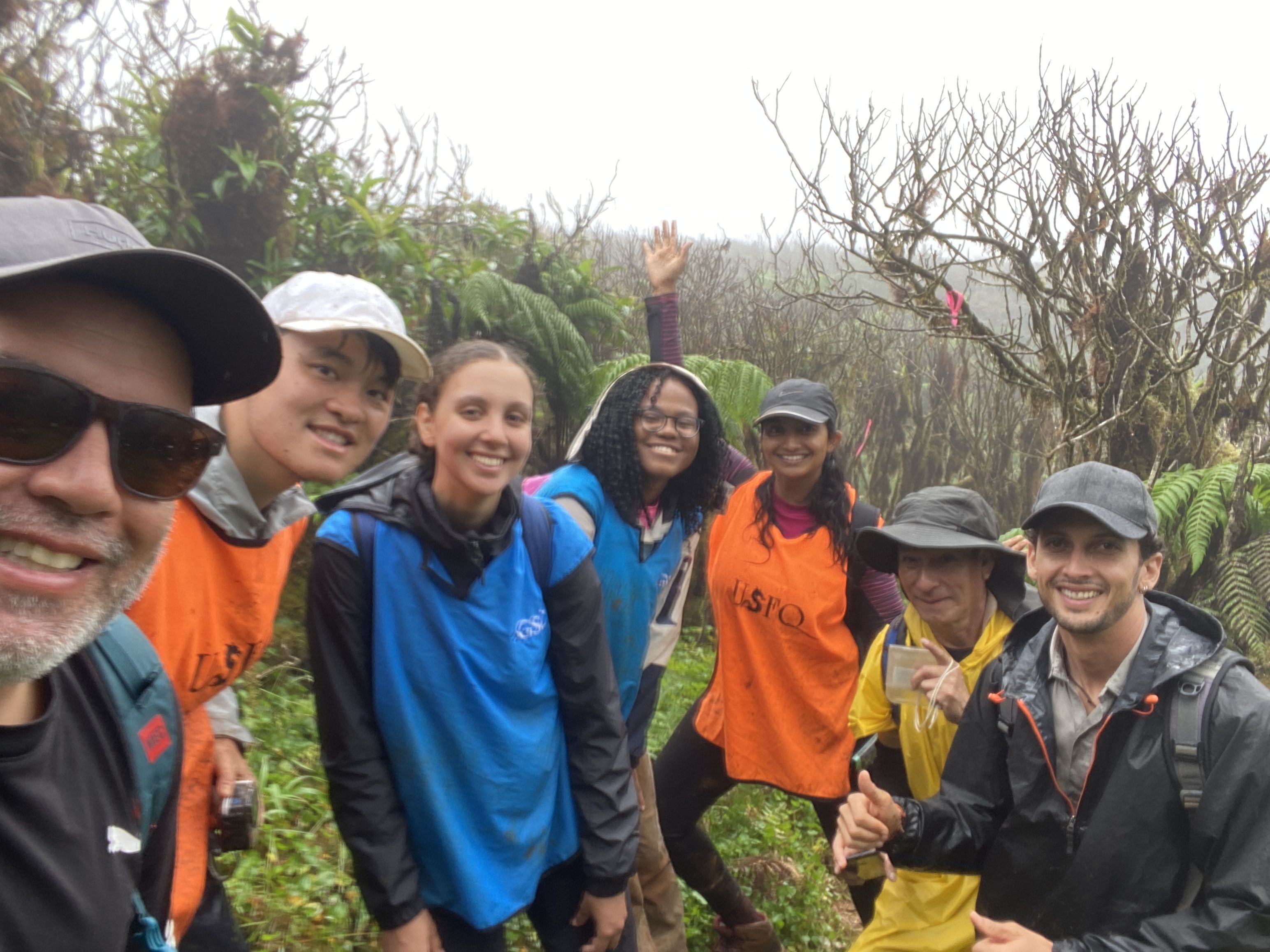
Students worked with UH faculty, international researchers and locals.
Students worked with UH faculty, international researchers and locals.
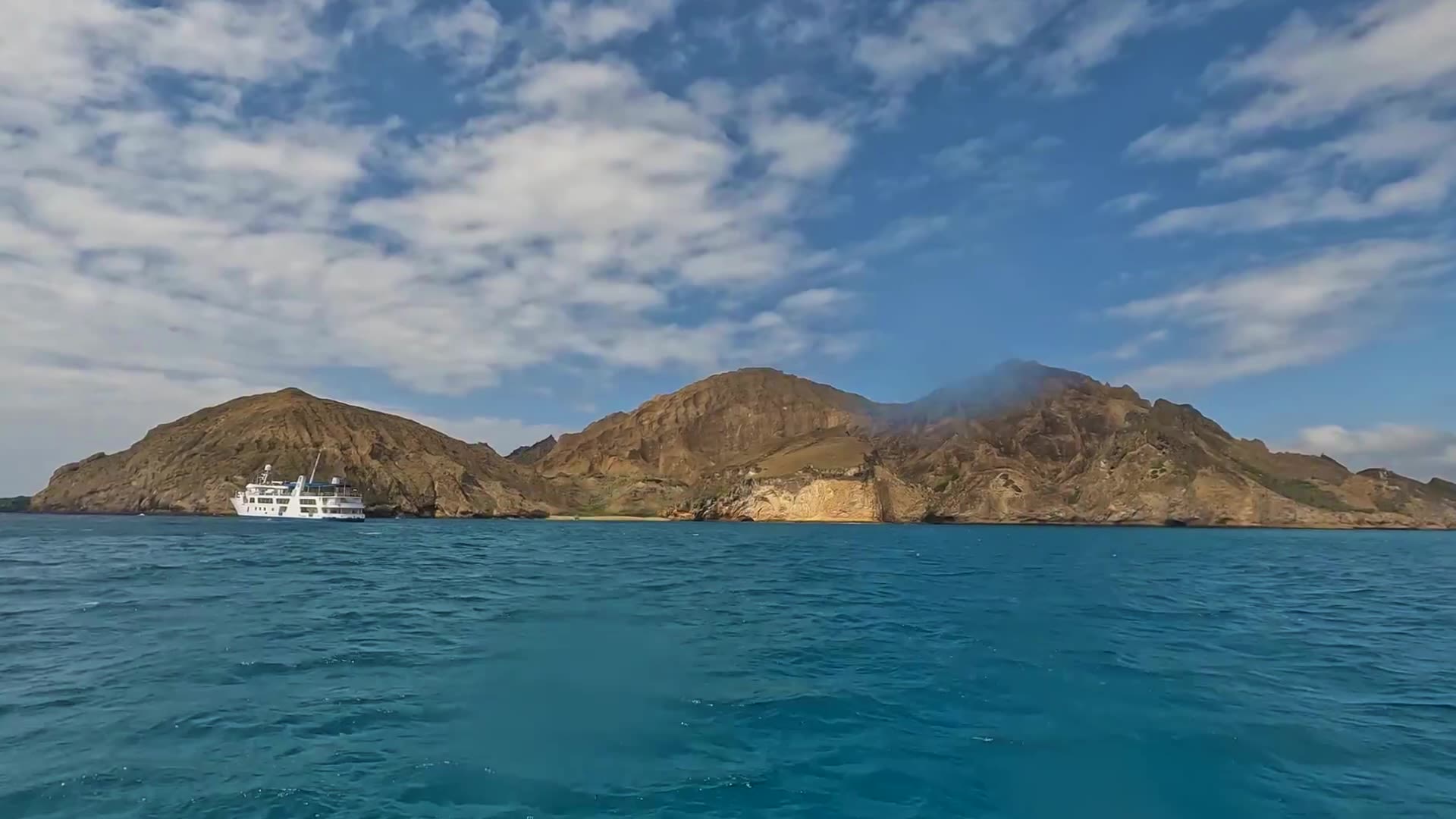
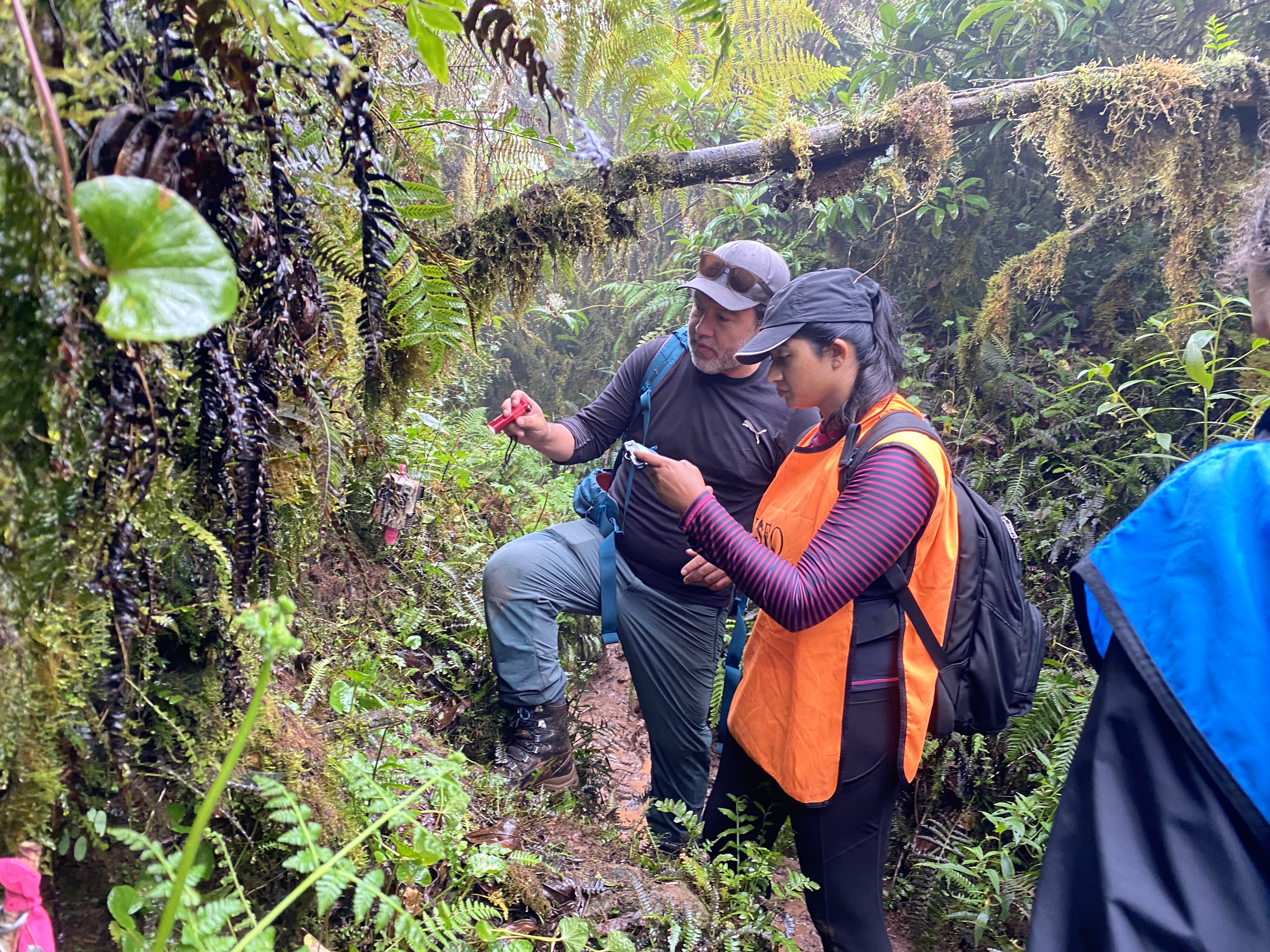
The climatic zones of the Galápagos include humid highlands and dry lowlands.
The climatic zones of the Galápagos include humid highlands and dry lowlands.
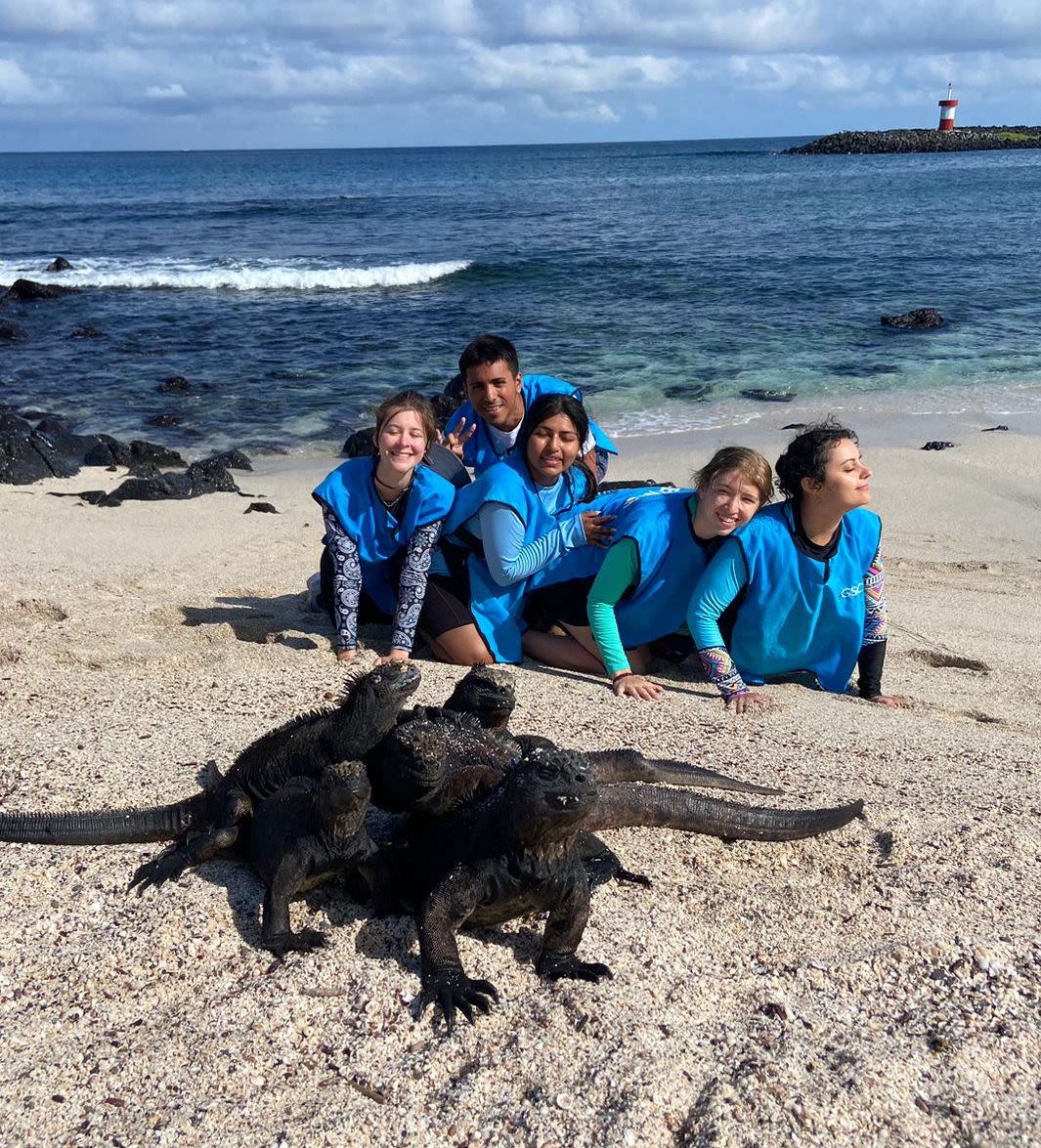
Students playfully imitate the marine iguanas.
Students playfully imitate the marine iguanas.
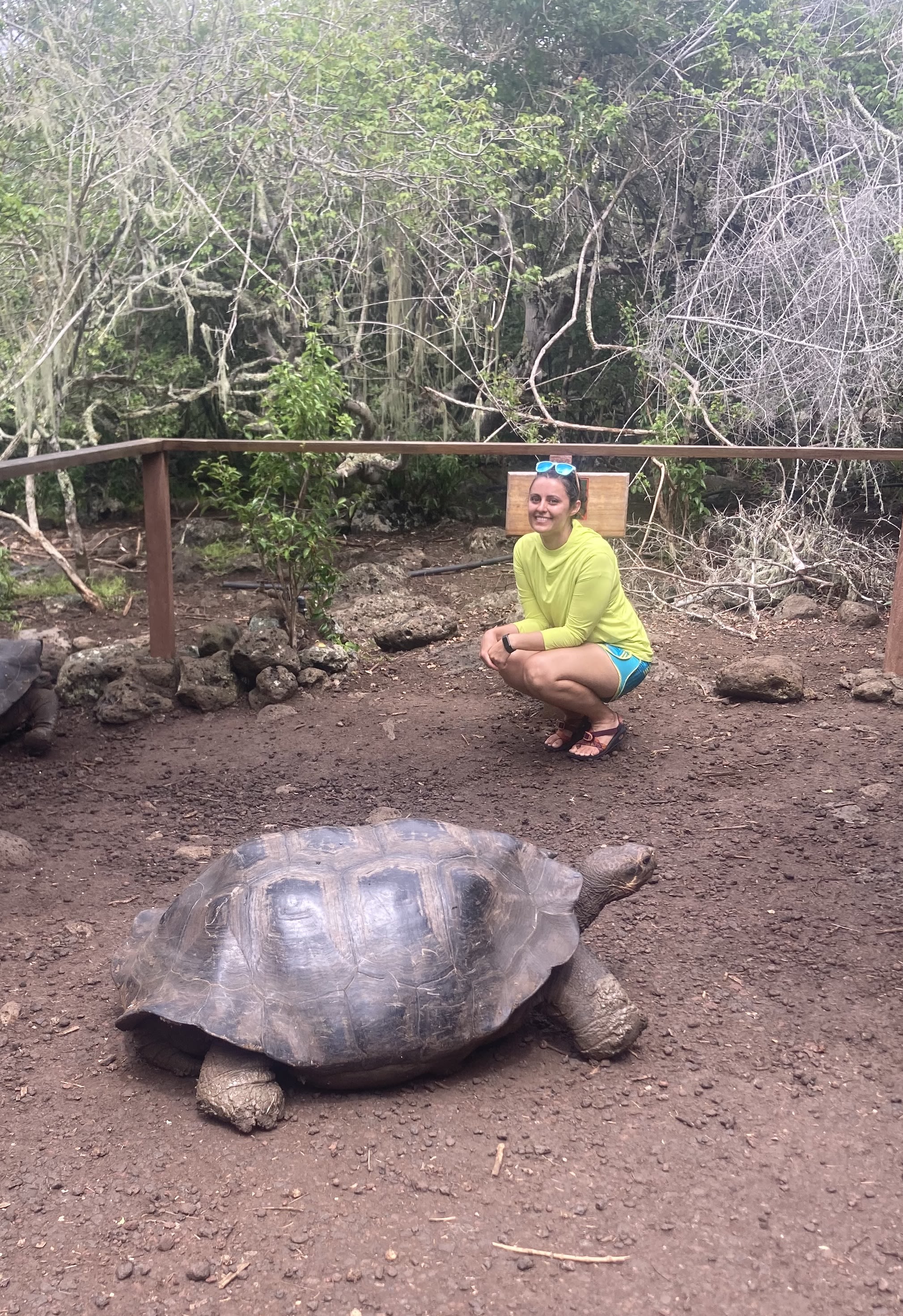
Students visited the famous Galápagos tortoises.
Students visited the famous Galápagos tortoises.
Studying Animal Species Only Found on the Galápagos
“The Galapágos was nothing like I imagined in the best way possible,” said Larose Mutombo, a biochemistry major enrolled in the course. “No textbook can describe how the Galápagos smells, sounds and feels. It's hard to describe; you have to experience the Galápagos.”
And experience it they did. Students were split into groups and assigned to different research projects every week, including studying the nesting of Galápagos petrels, a seabird endemic to the island; identifying sea turtles and quantifying their use of space; analyzing lava lizard behavior; determining lava gull and sea lion population density and distributions; and collecting and organizing microplastics, which can have toxic effects on fish and other aquatic life.
Students compiled data from online databases and used GPS to generate some of the first-ever lava gull distribution maps. “With these maps, we were able to hypothesize patterns and behaviors of lava gulls through time and from the effects of El Niño,” Chen said.
Mutombo and her student group created a map of Galápagos petrel nests and were thrilled to find several petrel chicks inside nests. The group produced a story map about their experience to educate future students.
Post baccalaureate student Ingrid Kooda spent one week identifying sea turtles and the following week analyzing the behaviors of lava lizards. Her group snorkeled around several beaches taking photos of sea turtles before uploading them to a database to identify individual turtles and better understand their travel and return patterns. They studied the unique pattern of “pushups” the lava lizards perform as aggressive challenges or mating displays. They also used 3D printed lizard robots to see how the real lizards reacted to different pushup display patterns.
The students this year were mentored by Lorissa Saiz, a doctoral biology student who gave two lectures in the spring preparatory class. As an undergraduate, she went on the trip in 2019, the last year before the course was halted due to the COVID-19 pandemic.
“As an instructor this year, I had research discussions with our faculty and USFQ faculty that I wasn’t able to have before,” Saiz said. “I’m an evolutionary geneticist; there were many times when I could see myself collaborating in the future with the researchers I met on the island this year.”
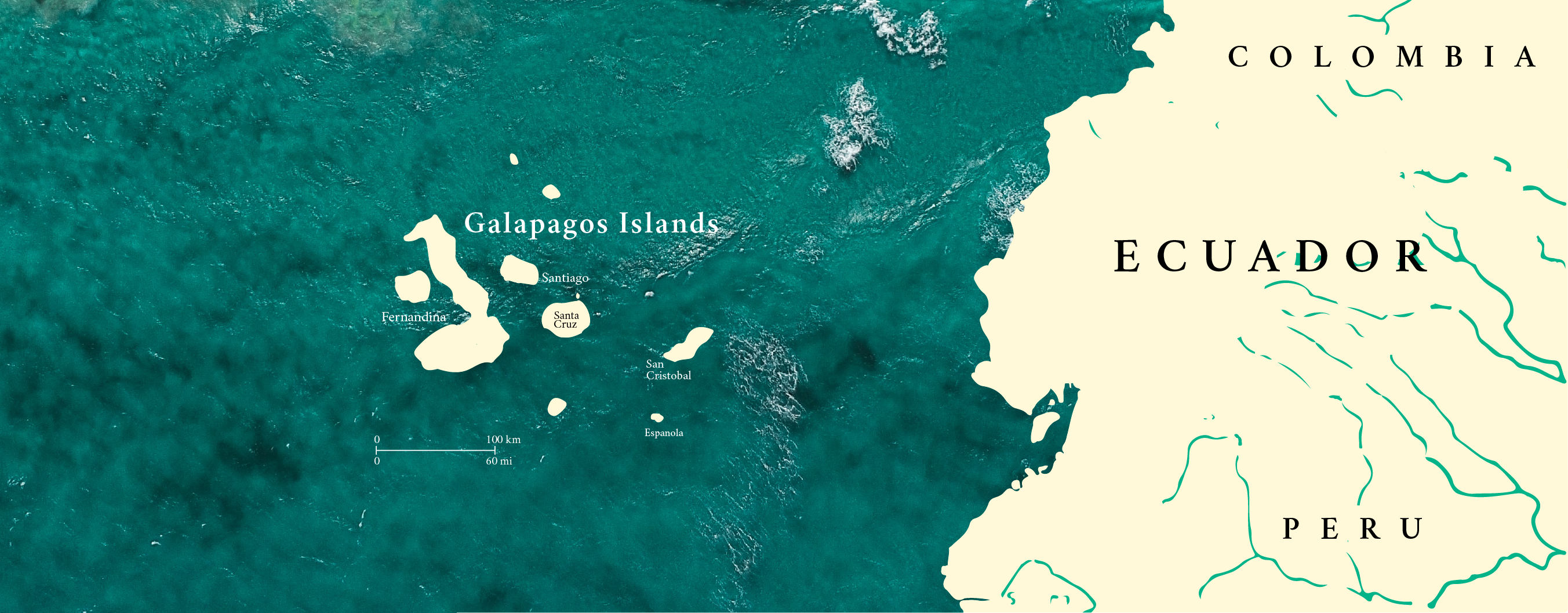
Scuba Diving Among Sharks, Sea Turtles and Fish
Excursions and family days on the weekends made for some of the most memorable moments for students. One Saturday, Mutombo and Chen’s group scuba-dived around Kicker Rock, a picturesque rock formation off San Cristóbal Island.
“Within the first few minutes we descended, we saw a large group of hammerhead sharks, sea turtles and eagle rays,” Mutombo said. “We also swam through a school of salema porgy fish. That's the coolest thing I've ever done in my life. We were completely surrounded by them. It got pretty dark; if you looked up, down, left, or right, all you saw were fish.”
Students also visited the famous Galápagos tortoises and hiked to El Junco, the only naturally formed freshwater body of water on San Cristóbal.
During down time with their host families, deep relationships were formed. Students played with the local children, participated in family cookouts and played soccer with locals. Chen spent his Sundays at Mass and walking around town with his host mother. Although he isn’t Catholic, he saw attending church as an opportunity to immerse himself in local culture.
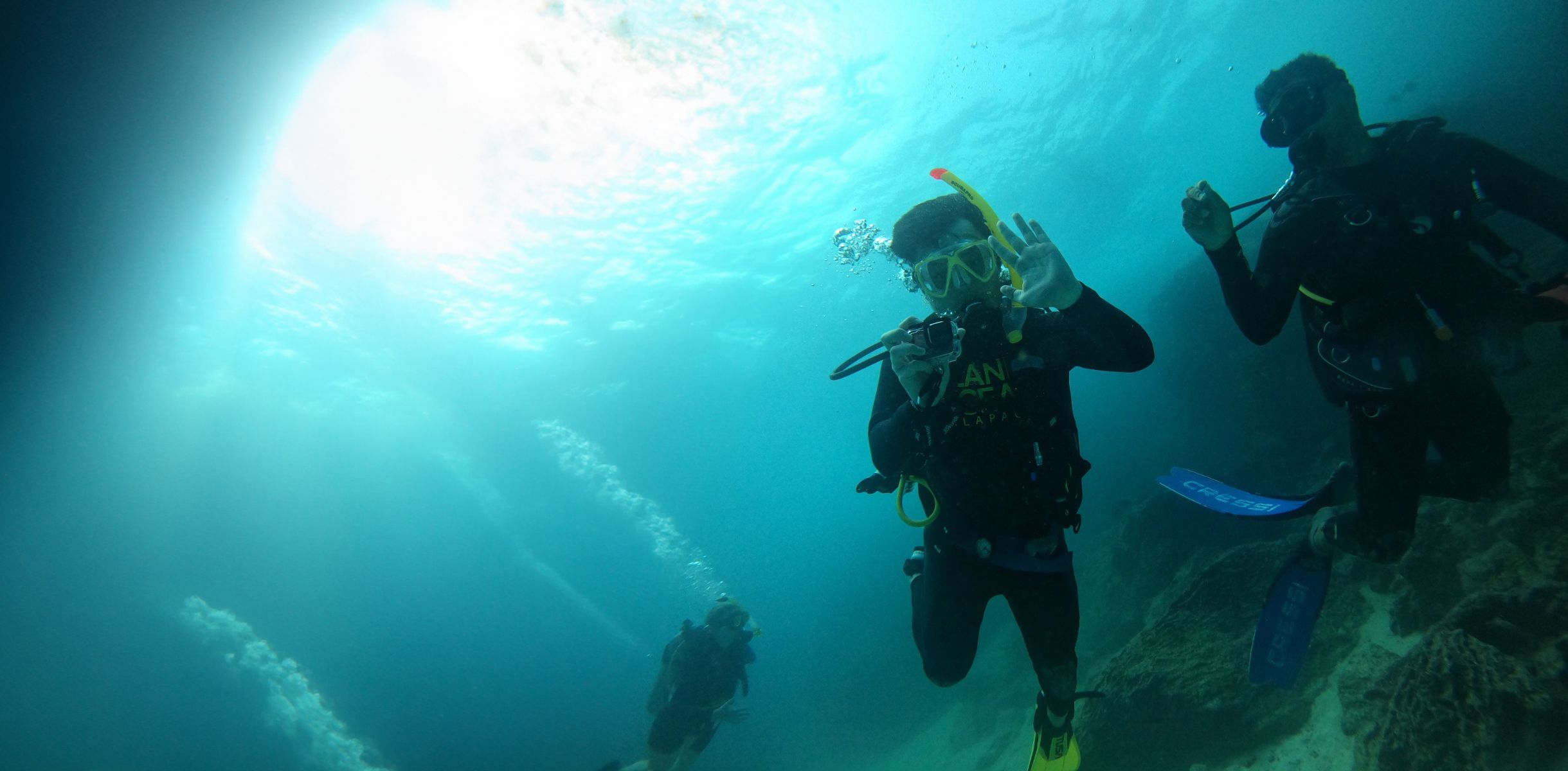
“This program allows for students to not only visit these fantastic cultures but to provide tangible support to the preservation and understanding of the natural wonders of the Galápagos.”
- Ingrid Kooda
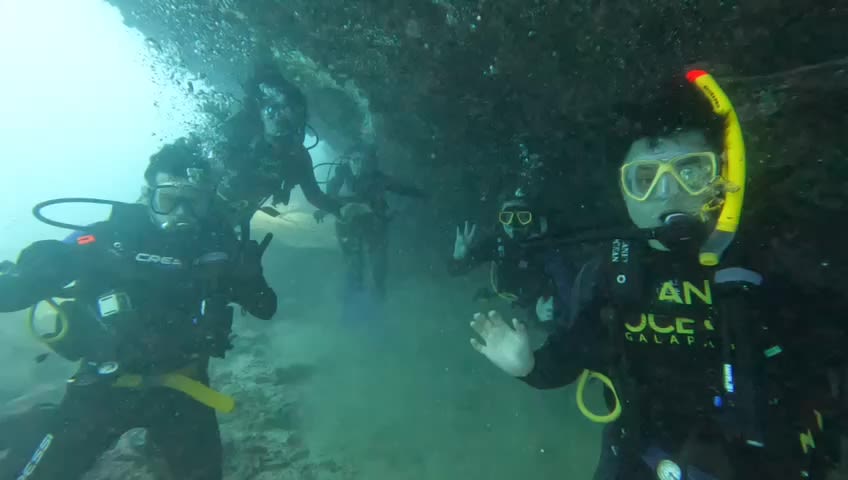
Pattern of Success
About a month after their trip, students gathered for Galápafest!, an annual event where students present personal narrative projects to fellow classmates, professors, UH Learning Abroad staff and their families.
“The trip is challenging for many students,” Frankino said. “Some years, half of the students haven’t traveled outside the state of Texas, and almost all of them have traveled only with their families. They’re also hiking in equatorial sun, swimming in 55-degree water, lifting equipment. Most of the host families don’t speak English, and most of the students don’t speak Spanish fluently; all that adds up.”
Despite the difficulties, students return from the trip in awe of the life-changing experience and ready to share with anyone all that they have learned. Those involved with the GalápaGo! Research-Based Learning Abroad course, students and faculty alike, have gone on to win awards, fellowships and become authors in academic journals.
The National Science Foundation awarded the faculty team a grant in 2020 to provide scholarships for students with financial need. Students, like Mutombo, were awarded the funding to offset the trip’s cost. This was the first year the award could be used due to the pandemic halting trips to the Galápagos.
Tony Frankino received the Mentor Award (Mid-Career) from the Biology Division of the Council on Undergraduate Research this year. The Galápagos faculty team won a UH Group Teaching Excellence Award from the Office of the Provost in 2019; the team also won an award for “Best New and Innovative Program Abroad” from Phi Beta Delta, an honor society for international scholars in 2017.
“This program allows for students to not only visit these fantastic cultures but to provide tangible support to the preservation and understanding of the natural wonders of the Galápagos,” said student Ingrid Kooda. “As much as I love visiting unique locations as a tourist, being able to contribute to the communities I visit is a much more fulfilling experience.”
